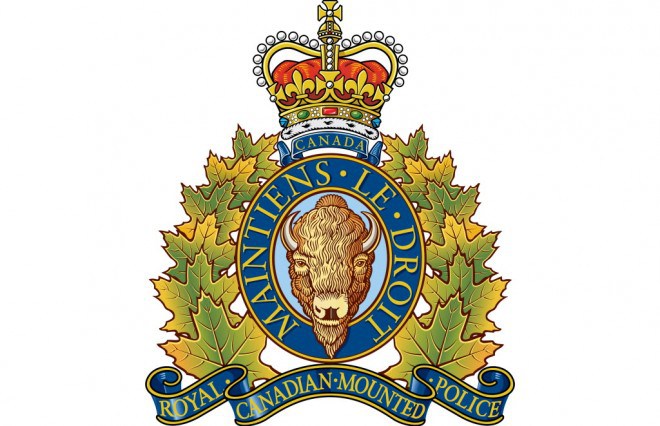Heraldry ~ "Coats of Arms"
As the name "coat of arms" suggests, these intricately designed devices come from the ancient era of warfare, where knights wearing armour could most easily be identified by the emblems on their "coat" and so be known as friend or enemy.
In modern times, a grant of Arms is an honour from The Queen, and can be used on the property, flag, or letterhead of the "armiger" - the name given to the person who receives the Arms. In Canada, these Arms are designed by the Canadian Heraldic Authority. The hand-lettered and painted documents granting the Arms are very beautiful works of art.
In much the same way as your family might have a nameplate on the outside of your home or entrance door to show "we live here" or "we own this house", the Arms of Canada, which appears on public buildings and official documents, represents authority and "ownership" of The Queen in her role as head of state.
Arms usually reflect the particular occupation and interests of the armiger. Organizations may also receive Arms: a government body such as the Canadian Border Services Agency; a military unit such as a Regiment, a professional society of doctors or lawyers, a synagogue or other faith centre or a yachting or other private club.
More information on the fascinating art and science of heraldry may be found here .

Alert
Stores (often found in locations such as malls and airports) that sell plaques with what is supposed to be “your family’s coat of arms” are not offering “the real thing.” No coat of arms “belongs” to everyone named Lemieux or Gordon any more than you are necessarily related to anyone who happens to share the same family name as you.These outlets sell nothing more than decorative items which may be pleasantly designed but have nothing to do with an heraldic grant from The Queen.